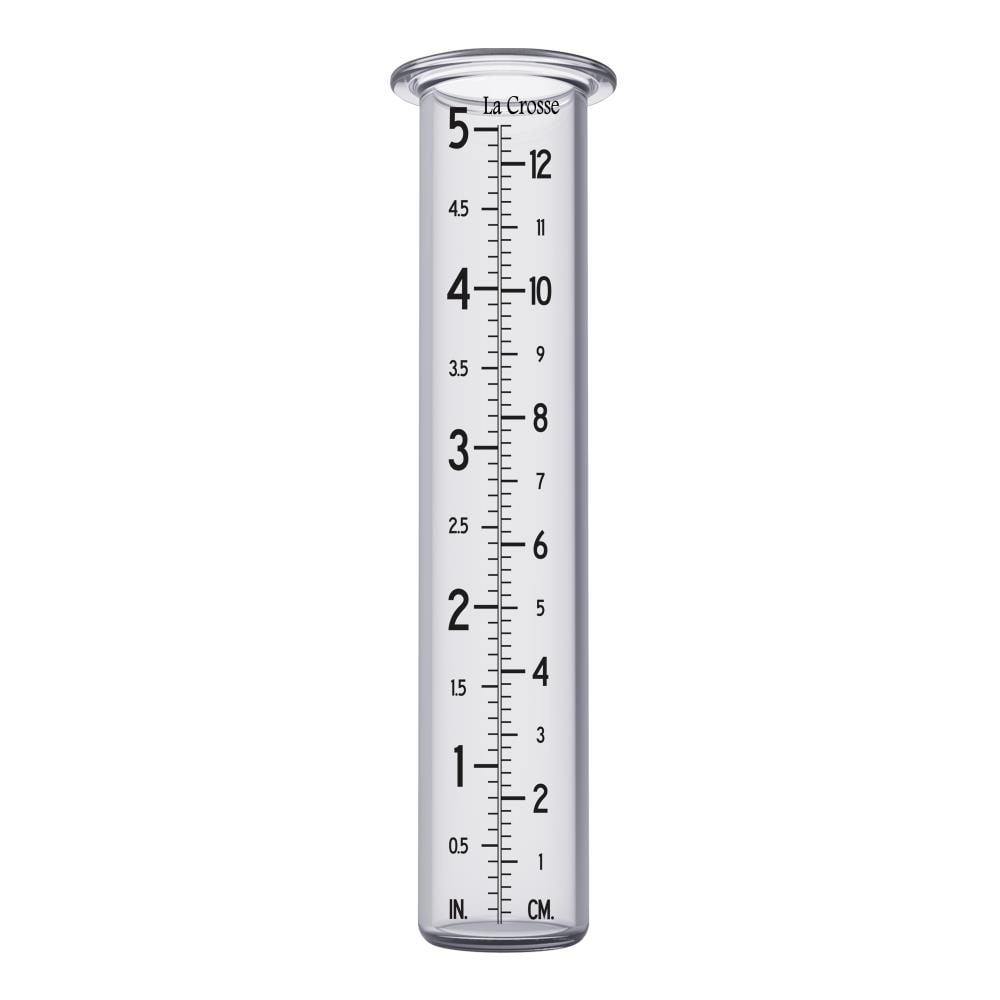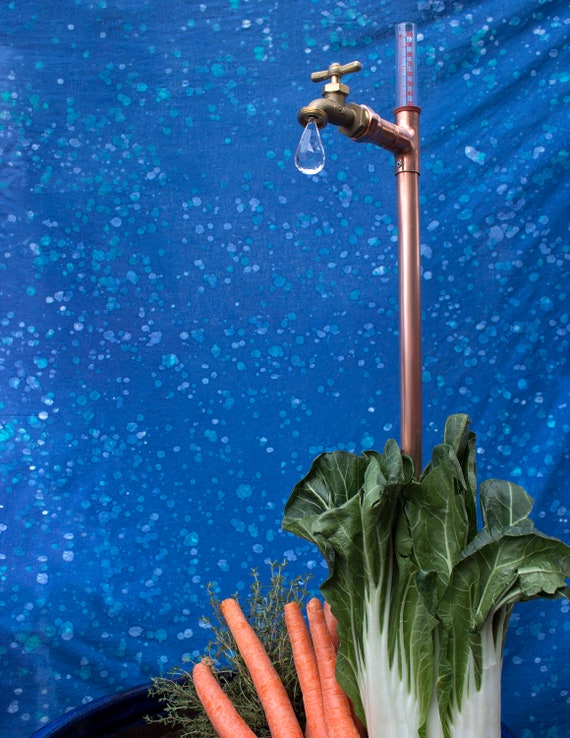The Rain Gauge: A Comprehensive Overview to Accurate Climate Dimension
The Rain Gauge: A Comprehensive Overview to Accurate Climate Dimension
Blog Article
How to Select the Right Rain Scale for Accurate Rain Information
Accurate rainfall data is vital for different markets and activities, such as water, meteorology, and agriculture resource administration. To obtain reliable dimensions, it is vital to select the best rain gauge. This overview intends to offer important insights into the option procedure, enabling you to make enlightened choices. Taking into consideration variables such as place, type, and accuracy of the rainfall gauge will certainly help make certain specific data collection. Additionally, understanding the upkeep and calibration treatments will add to the long life and integrity of your rainfall gauge. By adhering to these guidelines, you can guarantee exact rains data, enabling far better decision-making and planning for numerous applications.
Importance of Picking the Right Rain Gauge
The relevance of choosing the appropriate rainfall gauge hinges on getting trustworthy and exact rains information for accurate meteorological evaluation. Rainfall data is critical for a large range of applications, consisting of climate forecasting, hydrological modeling, and climate research study. Incorrect or unstable information can lead to incorrect conclusions and flawed decision-making procedures.

Secondly, the precision and precision of the rain gauge are critical. The scale must be able to measure rains with high precision, recording even tiny amounts of rainfall accurately.
In addition, the place and setup of the rain scale are essential factors to consider. It must be placed in an open area, far from blockages that can impact rainfall measurements. The scale needs to be placed at an ideal elevation and angle to avoid splashing and ensure correct catchment of rain.
Factors to Think About When Picking a Rain Gauge
When picking a rainfall scale, there are numerous key factors to think about. There are different types offered, including common rainfall determines, tipping bucket rain evaluates, and evaluating rain evaluates.
One more element to think about is the material of the rain gauge. Rain gauges can be made of various products, such as glass, metal, or plastic. The material chosen ought to be resilient and resistant to weather conditions, guaranteeing that the rainfall gauge will certainly hold up against the elements and provide precise dimensions in time.
Accuracy is additionally a crucial variable to take into consideration. Seek rainfall evaluates that have been adjusted and checked for accuracy. Attributes such as anti-splash rings and funnels can additionally enhance the accuracy of the dimensions.

Lastly, think about the climate and atmosphere in which the rainfall gauge will be made use of. Different rainfall gauges appropriate for various climates, so it is important to select one that is proper for the conditions in your area.
Various Kinds Of Rainfall Gauges Available
To further discover the factors to think about when picking a rain gauge, it is very important to understand the various sorts of rainfall gauges readily available. There are several kinds of rainfall determines, each with its very own advantages and drawbacks. One of the most usual kind is the conventional rainfall scale, also referred to as the round rainfall scale. This kind contains a straight-sided cylindrical container with a funnel-shaped top. It is straightforward to use and provides accurate measurements of rainfall.
One more type of rain scale is the tipping container rain gauge. This scale utilizes a seesaw-like system to collect and gauge rainfall. As the rainfall falls under the scale, it fills out one side of the container, causing it to tip and empty the water. The variety of ideas is counted digitally to determine the quantity of rains. Tipping bucket rain evaluates are prominent for their accuracy and capacity to determine rainfall strength.
A 3rd kind of rain scale is the evaluating rainfall scale. As the rain drops into the scale, it is collected in a container linked to a balance.
Lastly, there are likewise remote rain assesses that use advanced modern technology to determine rains (The Rain Gauge). These assesses use sensors and transmitters to send out information wirelessly to a main unit. Remote rainfall evaluates are hassle-free for keeping track of rains in hard-to-reach locations or for large data collection
How to Identify the Precision of a Rainfall Gauge
One method to assess the accuracy of a rain scale is by conducting routine calibration measurements. Calibration entails contrasting the readings of a rainfall gauge to a common dimension, such as a qualified rain gauge or a weather station with high accuracy. By comparing you could try here the dimensions, any type of disparities or errors in the rain gauge can be determined and made up.
To conduct a calibration dimension, beginning by accumulating rains information from both the rainfall gauge and the common dimension tool over a details time period, such as a month. Then, compare the readings and calculate the difference between them. This distinction is referred to as the calibration mistake.
It is very important to note that calibration dimensions need to be carried out routinely, as environmental variables, such as wind, temperature, and particles, can impact the accuracy of the rain scale gradually. By carrying out regular calibrations, any click over here kind of modifications in the precision of the rain scale can be detected and modifications can be made as necessary.
In addition to calibration, it is additionally suggested to tidy and preserve the rainfall gauge on a regular basis to ensure its accuracy. Eliminate any particles or obstructions that might impact the precision of the measurements, and examine for any indicators of damage or use that might require repair services or replacement.
Tips for Maintaining and Calibrating Your Rainfall Gauge
Normal maintenance and calibration are crucial for making certain the accuracy and integrity of your rainfall gauge in measuring rains information (The Rain Gauge). By adhering to a few basic tips, you can guarantee that your rainfall scale is appropriately kept and calibrated
First of all, it is essential to clean your rain gauge regularly to avoid any kind of debris or dirt from obstructing the rain collection system. Use a light webpage cleaning agent and a soft brush to carefully clean up the within and exterior of the gauge. Rinse it extensively with tidy water and allow it to dry totally before reinstalling it.
Secondly, it is advised to adjust your rain gauge at the very least yearly. Calibration entails comparing the measurements of your rain gauge with those of a trusted and accurate recommendation gauge. This will certainly help you identify and correct any potential errors in your rain scale's dimensions.
To calibrate your rainfall gauge, collect a recognized volume of water using a measuring container and contrast it with the measurements videotaped by your rain gauge. Change the analyses appropriately to guarantee accuracy.

Conclusion
In verdict, selecting the best rainfall gauge is critical for acquiring precise rainfall data. Elements such as objective, area, and spending plan ought to be considered when choosing a rain gauge.
There are different types available, including typical rain evaluates, tipping bucket rain assesses, and weighing rain gauges.To even more discover the factors to think about when selecting a rainfall scale, it is essential to comprehend the different types of rain assesses offered. The most typical type is the conventional rainfall scale, likewise understood as the cylindrical rainfall scale.Another type of rainfall scale is the tipping container rain scale. Calibration entails comparing the readings of a rain gauge to a standard dimension, such as a qualified rain gauge or a climate station with high accuracy.
Report this page